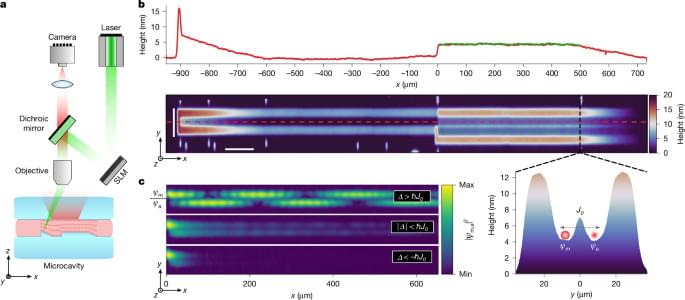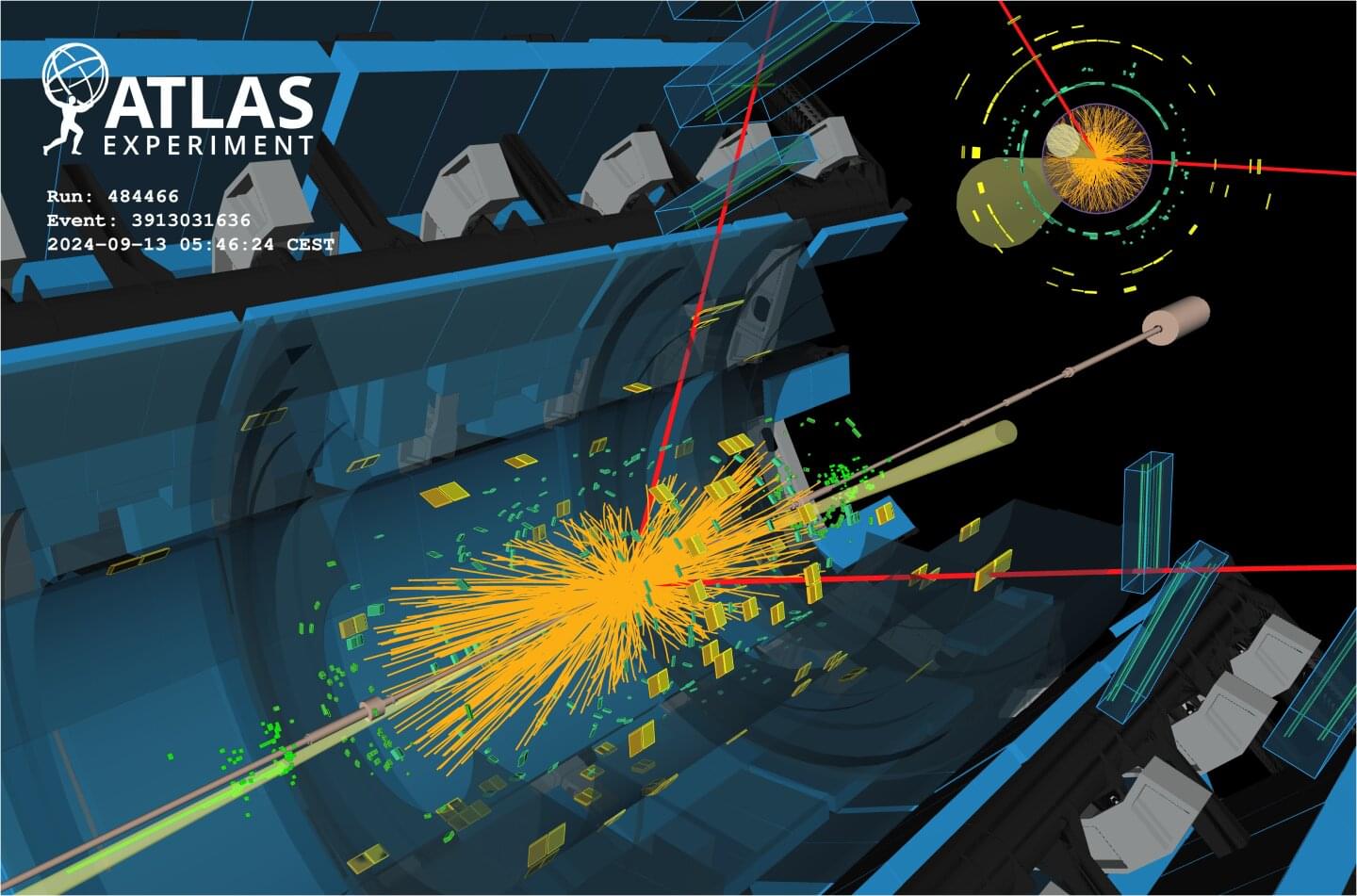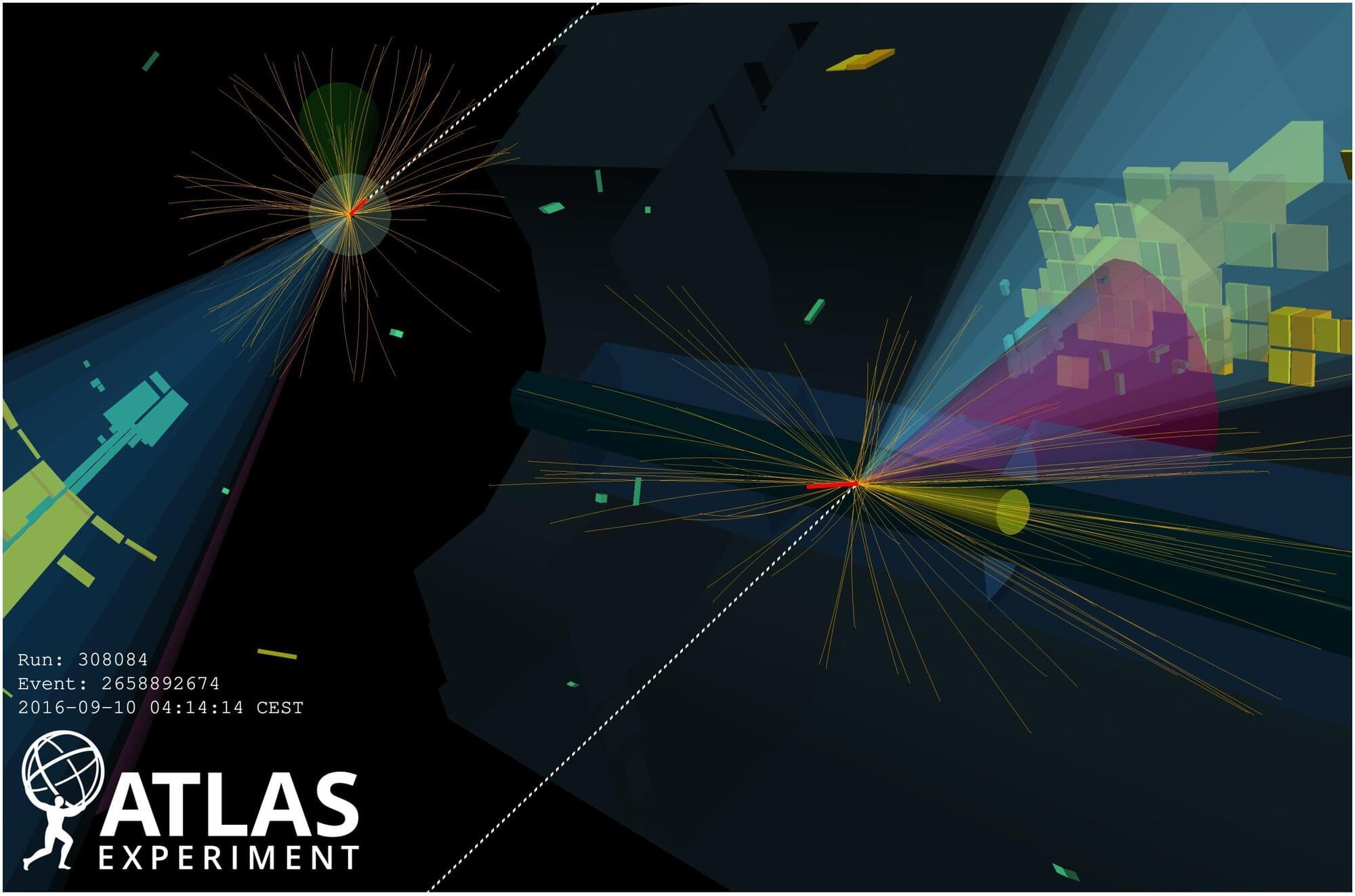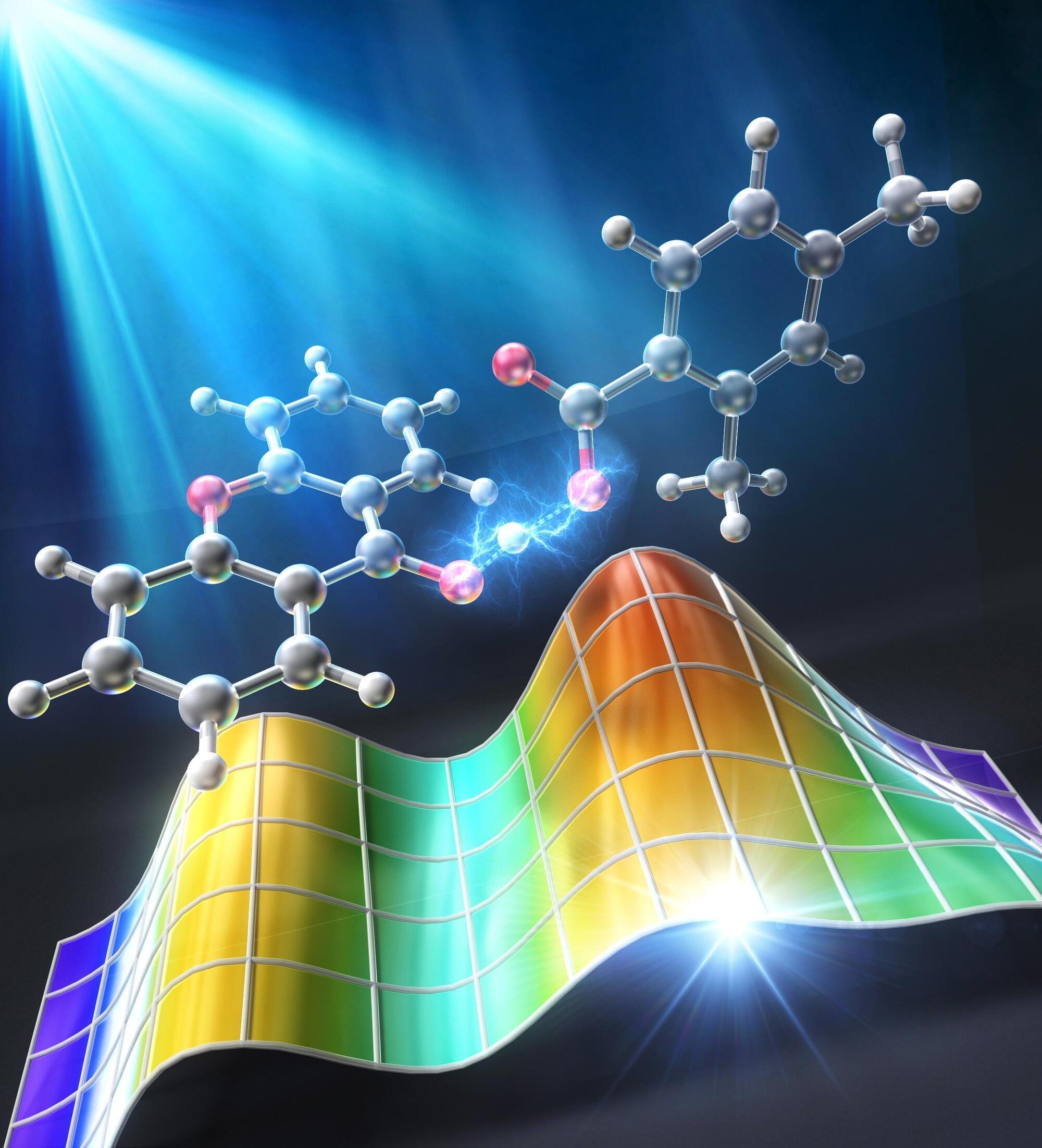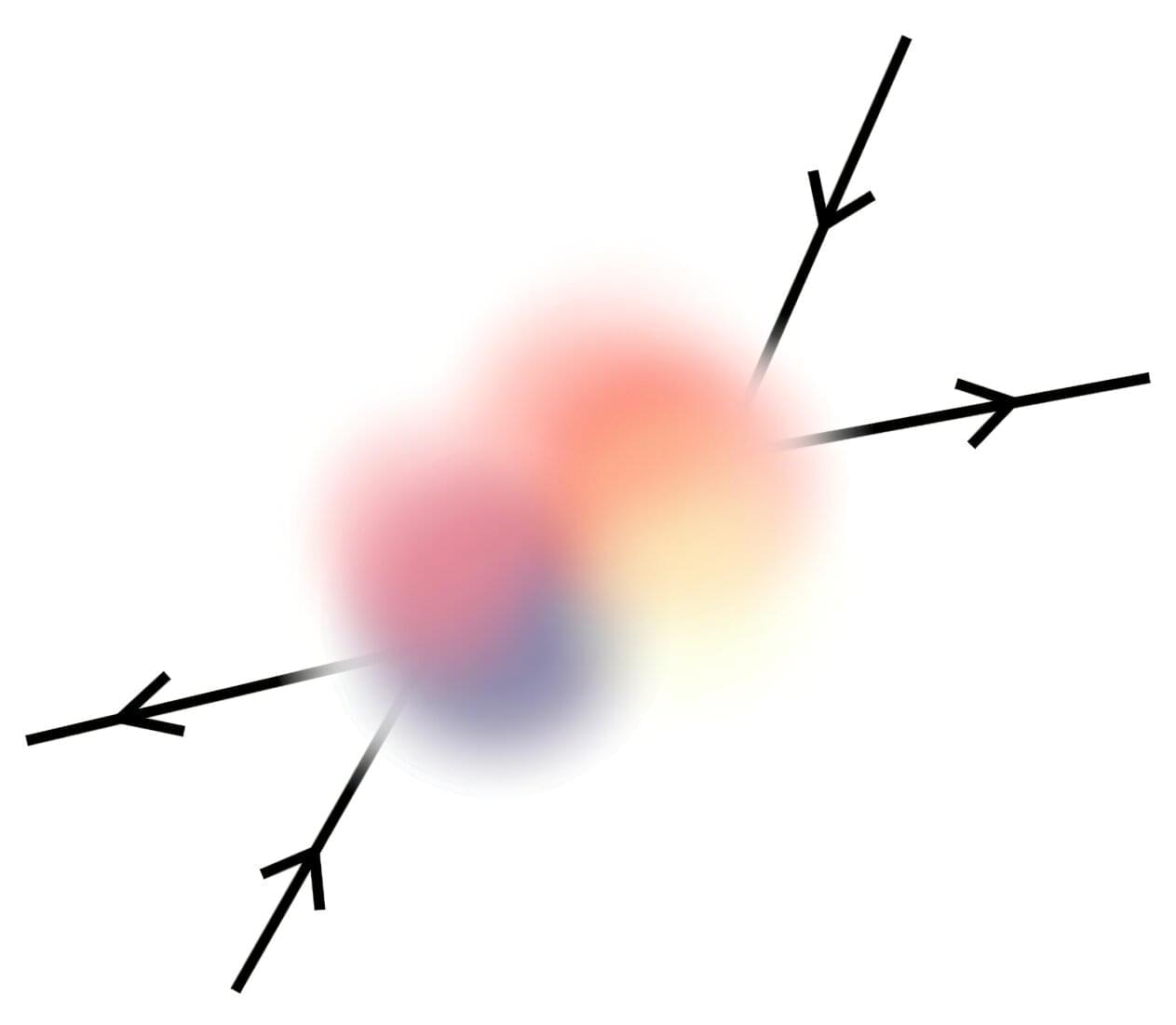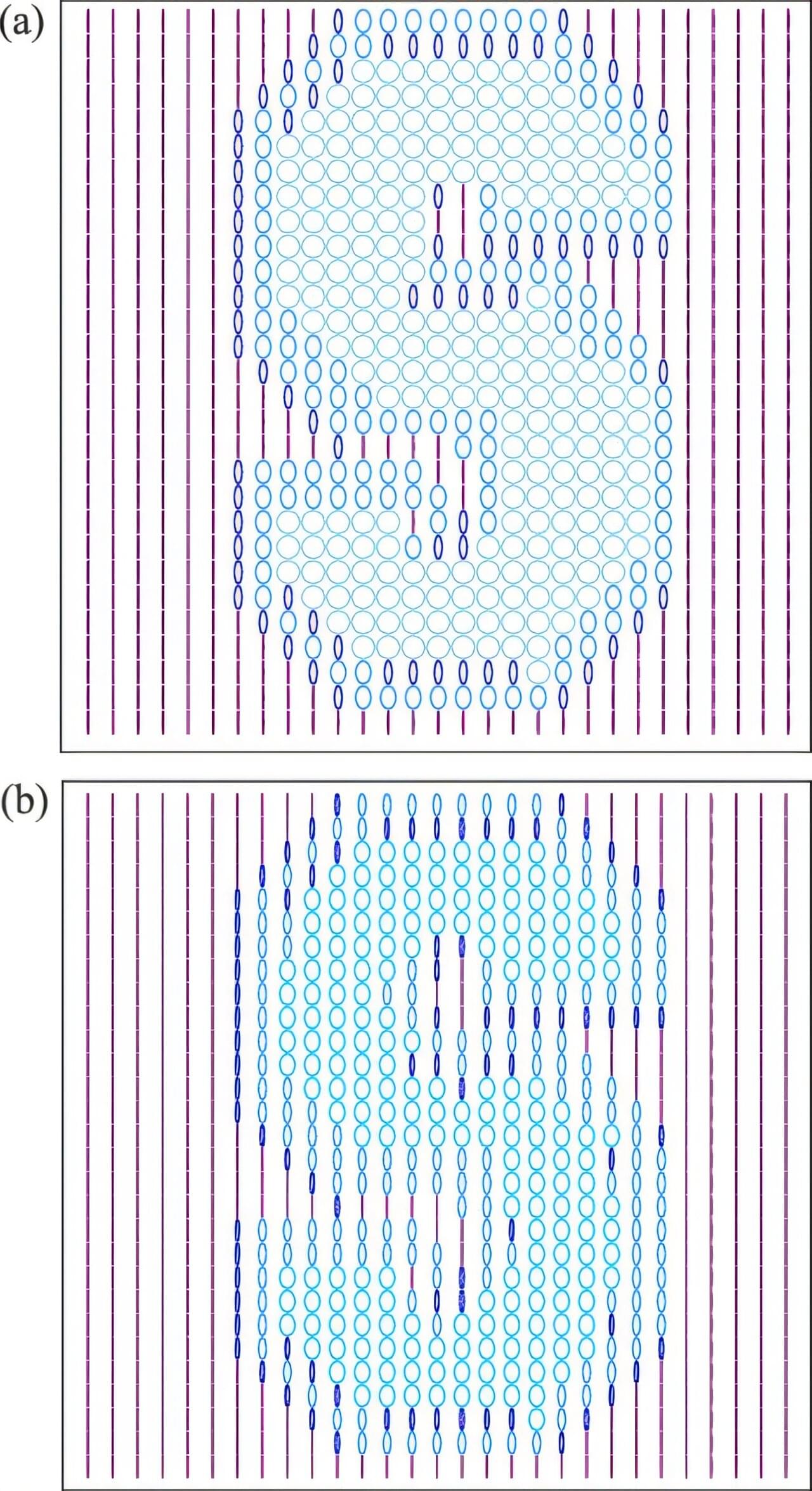The official Periodic Table of the Elements is one step closer to adding element 117 to its ranks. That’s thanks to an international team of scientists that was able to successfully create several atoms of element 117, which is currently known as Ununseptium until it’s given an official name.
The paper for this experiment has been published in Physical Review Letters.
Element 117 was first created in a joint collaboration between American and Russian scientists back in 2010. However, before an element can be officially added to the Periodic Table of Elements, its discovery must be independently confirmed.

